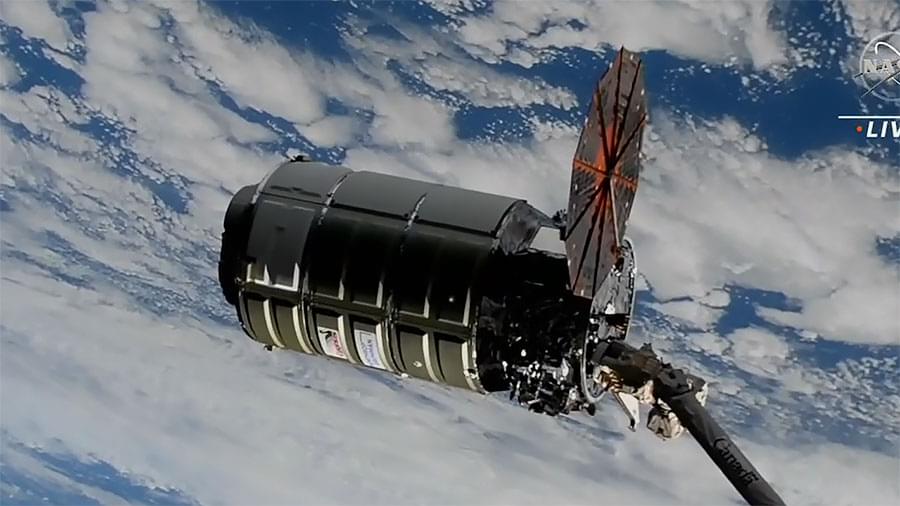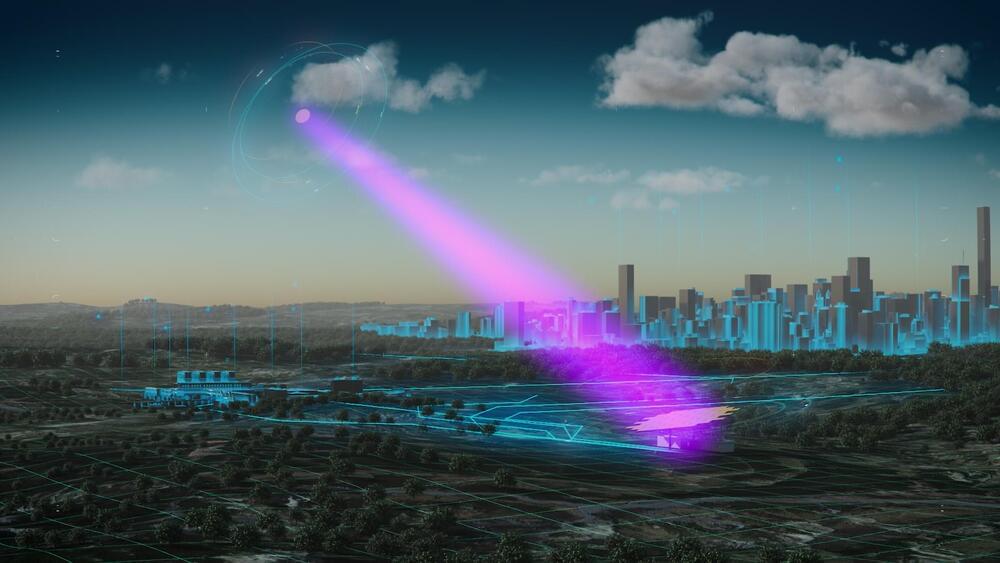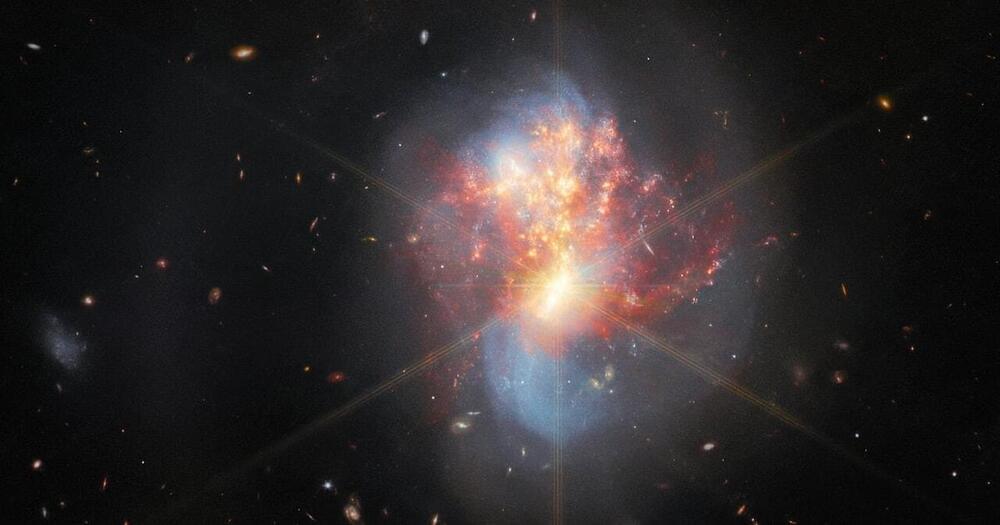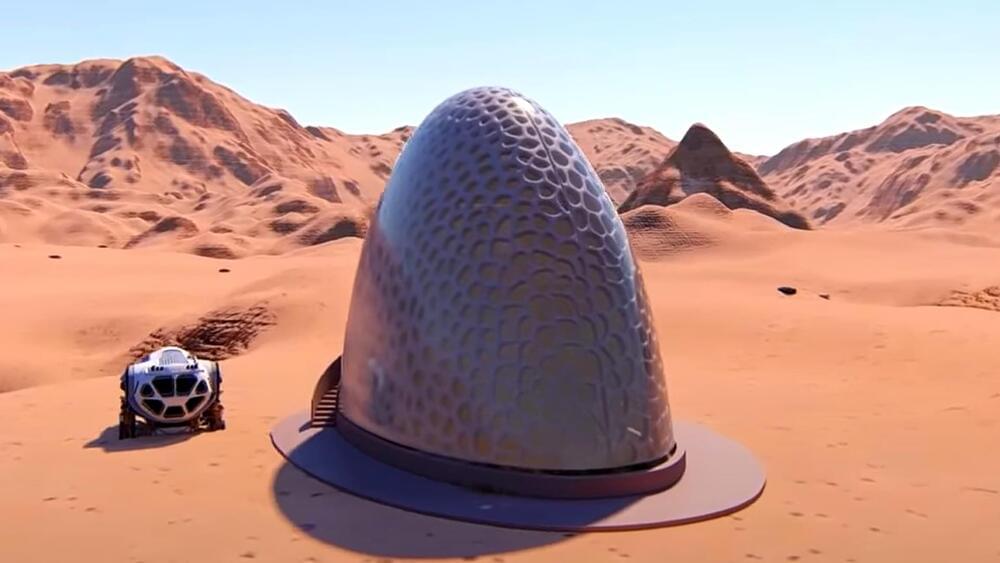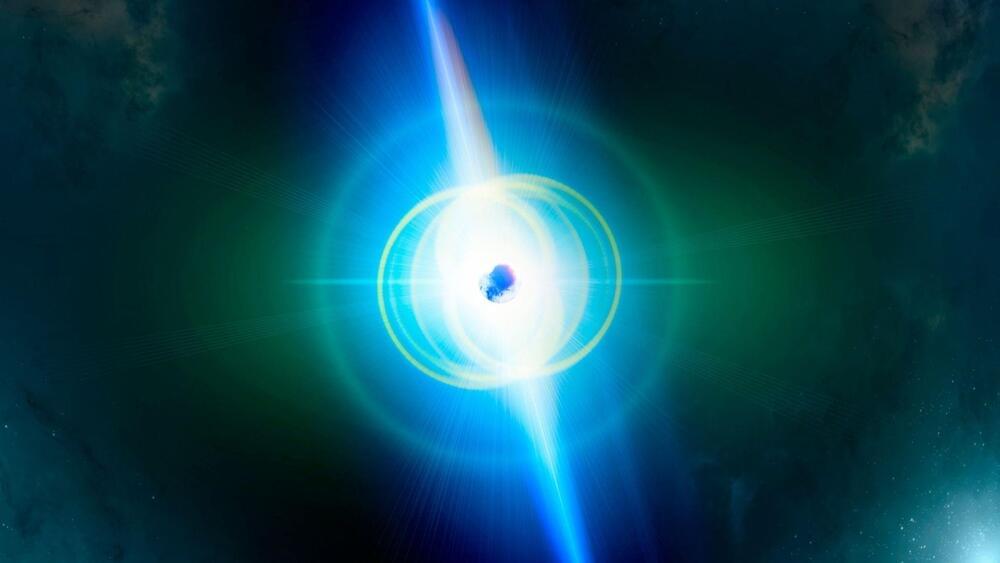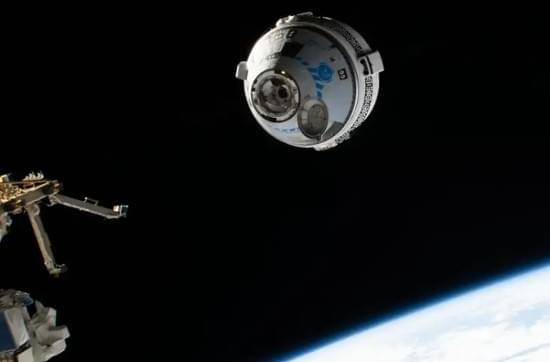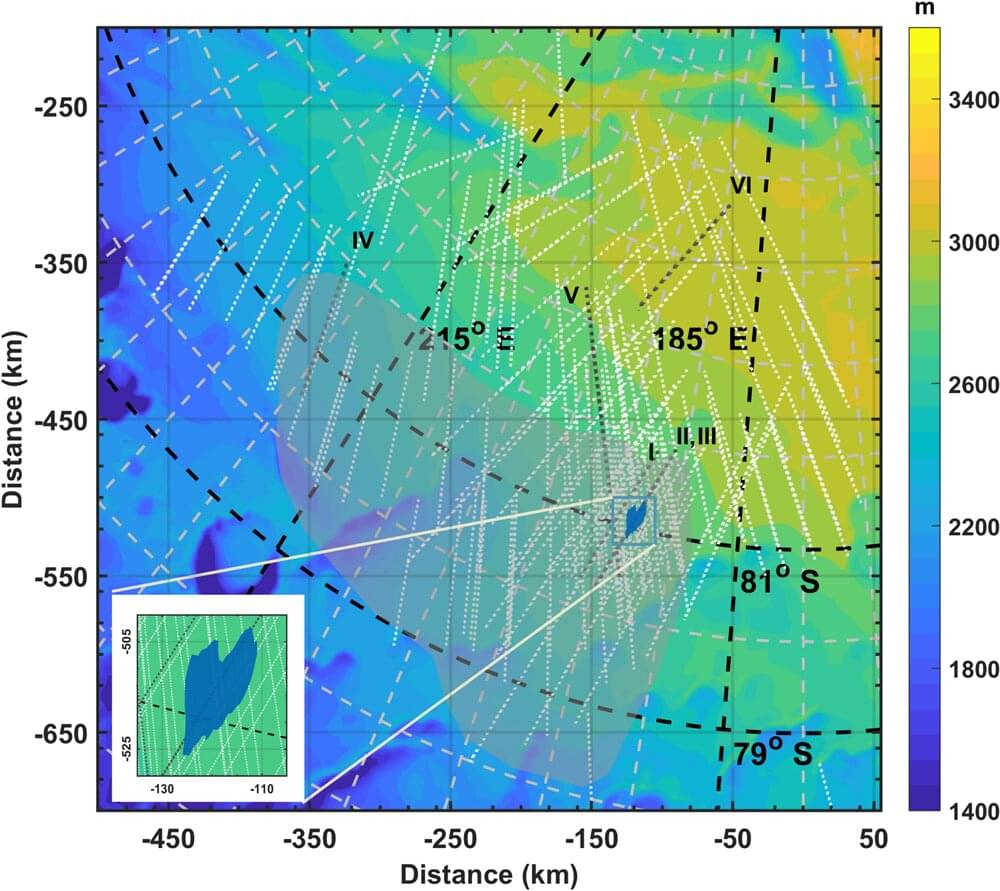At 5:20 a.m. EST, NASA astronaut Nicole Mann, with NASA astronaut Josh Cassada acting as backup, captured Northrop Grumman’s Cygnus spacecraft using the International Space Station’s Canadarm2 robotic arm. Mission control in Houston will actively command the arm to rotate Cygnus to its installation orientation and then to guide it in for installation on the station’s Unity module Earth-facing port.
NASA Television, the NASA app, and agency’s website will provide live coverage of the spacecraft’s installation beginning at 7:15 a.m.
The Cygnus spacecraft launched Monday on an Antares rocket from NASA’s Wallops Flight Facility, Virginia at 5:32 a.m. This is Northrop Grumman’s 18th commercial resupply mission to the International Space Station for NASA. The Cygnus spacecraft is carrying a supply of 8,200 pounds of scientific investigations and cargo to the orbiting laboratory.
